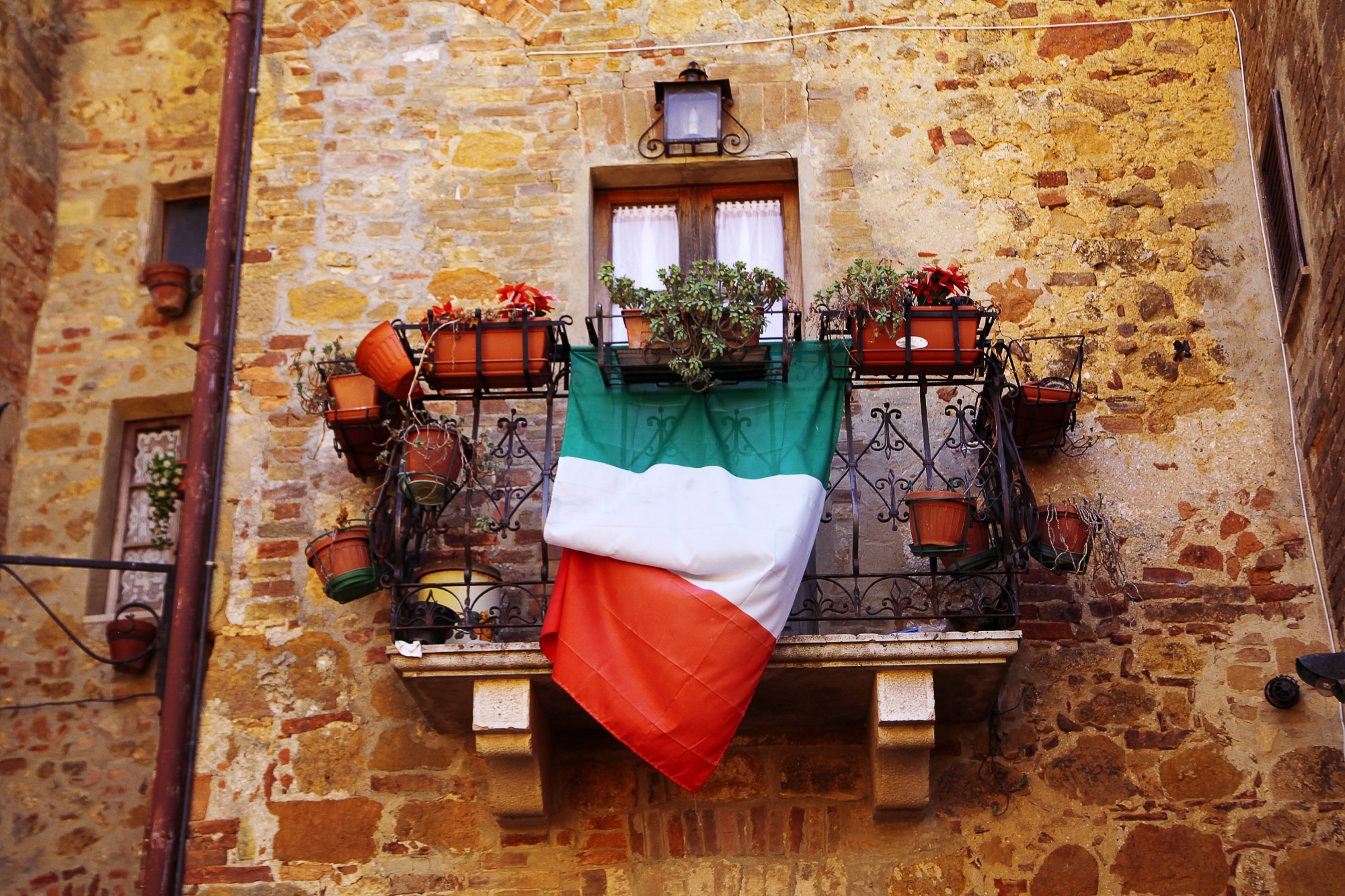In a recent review published in Nutrients, researchers use environmental, nutritional, and lifestyle data to determine whether Cilento, Italy, shares trait characteristics with ‘Longevity Blue Zones (LBZs).
 Study: A Narrative Review Exploring the Similarities between Cilento and the Already Defined “Blue Zones” in Terms of Environment, Nutrition, and Lifestyle: Can Cilento Be Considered an Undefined “Blue Zone”? Image Credit: Matthias Jiury Rabbione / Shutterstock.com
Study: A Narrative Review Exploring the Similarities between Cilento and the Already Defined “Blue Zones” in Terms of Environment, Nutrition, and Lifestyle: Can Cilento Be Considered an Undefined “Blue Zone”? Image Credit: Matthias Jiury Rabbione / Shutterstock.com
What are LBZs and what can they teach us?
LBZs, which are often referred to as ‘blue zones,’ are regions throughout the world with distinct geographical profiles but shared long citizen life expectancy. These regions include Okinawa Prefecture, Japan, Nuoro Province, Sardinia, Italy, the Nicoya Peninsula, Costa Rica, and Icaria, Greece. However, many scientists hypothesize that this list is not exhaustive, with other LBZs potentially waiting to be discovered.
LBZs are of particular interest to scientists because, in addition to being home to the oldest living people in the world, these people rarely suffer from age-related complications. Previous studies have aimed to elucidate the mechanistic basis of these observations and have found that genetics only contributes to 20-30% of LBZ citizens’ remarkable lifespans. Thus, the environmental factors, lifestyle choices, occupational habits, and dietary patterns are likely responsible the most of these observed benefits.
Cilento is an Italian region located in Campania, Salerno, and is notable for being home to the Mediterranean Diet (MD), an increasingly popular dietary pattern that primarily consists of fresh fruits and vegetables, high dietary fiber, virgin olive oil, and minimal meat- or processed foods consumption. Given the high number of nonagenarians and centenarians living in the region, Cilento is increasingly becoming the subject of longevity-focused research.
About the study
The present review aims to evaluate if Cilento is worthy of being designated with LBZ status in the future and whether environmental, nutritional, or lifestyle factors support longevity in the region.
The researchers followed the Preferred Reporting Items for Systematic Reviews and Meta-Analyses (PRISMA) guidelines with model readjustment. Studies published from 2004 onwards were obtained from the Scopus, PubMed/MEDLINE, and Google Scholar online databases.
Of the 173 records initially found, 72 duplicates were removed from the analysis. Title and abstract screening resulted in the exclusion of 77 records, whereas full-text screening excluded six studies, leaving a final dataset of 18 publications.
The researchers used a descriptive comparative approach to compare and contrast traits between Cilento and current LBZs.
Study findings
Despite the geographical contrast between Cilento and current LBZs, shared environmental, dietary, and lifestyle characteristics between these populations may allow Cilento to produce LBZ-like longevity.
Environmental data suggests that hilly altitudes ranging between 355-600 meters (m) above mean sea level (MSL) and mild climate with a mean annual temperature of 20 °C may contribute to longevity. Moreover, older Cilento residents were concentrated in the 400-600 m altitude, with the region matching the 18-20 °C mean annual temperature requirement.
Despite different historical and cultural origins, as well as species compositions, the primarily plant-based diets of Cliento prioritizes the consumption of fruits, vegetables, legumes, and cereals with low processed foods and fat content. Similar to Okinawa, Japan, Cilento has found ways to improve the nutritional content of potatoes, which were previously considered less healthy than other plant-based foods, by using boiling and virgin olive oil seasoning techniques.
It is well known that the Mediterranean diet promotes health, but it is also recognized that not all Mediterranean populations are equally long-lived; these data confirm that longevity is the sum of genetic and macro- and microenvironmental factors and not just the result of a single factor, such as diet.”
Shared lifestyle characteristics include, but are not limited to, occupational- and family-organization choices. Residents of Cilento and other LBZs, excluding Loma Linda, primarily engage in traditional and labor-intensive employment, retain a high regard for social and familial structure, and present high religious devotion.
Conclusions
The present review highlights the similarities and differences between Cliento and LBZs to determine whether Cilento meets the requirements of being designated as an LBZ. More importantly, this review highlights the environment, dietary, and lifestyle factors that may contribute to longevity, not only for residents of LBZs, but for the general population.
Lessons learned from this discovery could be applied to the general population to protect them from chronic non-communicable diseases and help slow the aging process.”
Journal reference:
- Aliberti, S. M., Donato, A., Funk, R. H., & Capunzo, M. (2024). A Narrative Review Exploring the Similarities between Cilento and the Already Defined “Blue Zones” in Terms of Environment, Nutrition, and Lifestyle: Can Cilento Be Considered an Undefined “Blue Zone”? Nutrients 16(5); 729. doi:10.3390/nu16050729